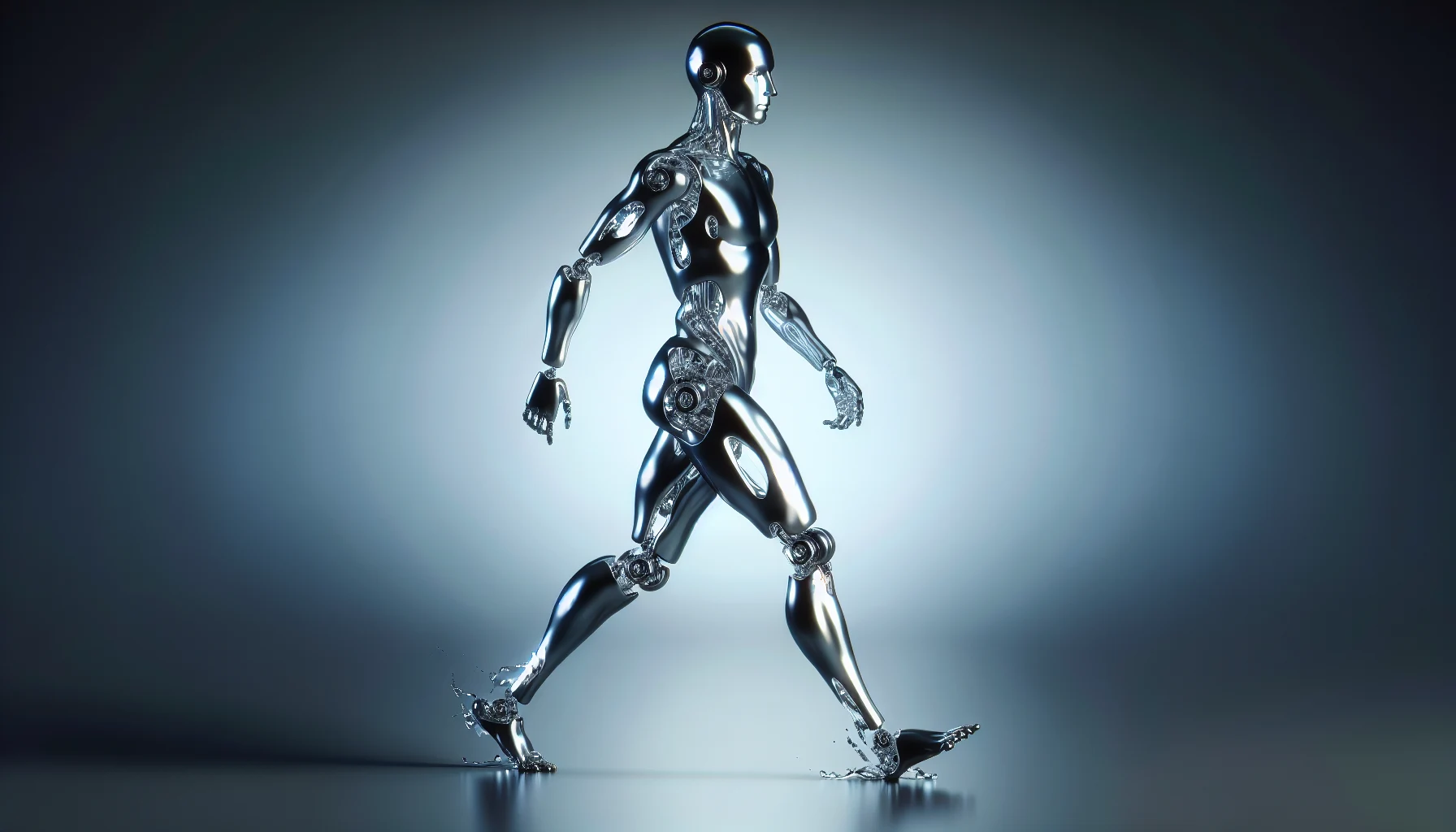Key Takeaways
1. Researchers from Seoul National University developed a robot that moves and changes shape like a smart liquid, called the particle-armored liquid robot.
2. The robot consists of frozen water coated with Teflon particles, giving it a hydrophobic surface and strong shell even when it melts.
3. It can travel on solid ground and water, fit through narrow gaps, pick up objects, and combine with other liquid robots while maintaining stability.
4. The technology has potential applications in medicine for drug delivery and in industries for accessing hard-to-reach areas.
5. Current challenges include miniaturization and reliability, with practical use expected in 7 to 10 years.
A research group at Seoul National University has created a robot that moves and changes shape like a smart liquid. This innovative particle-armored liquid robot is very flexible, able to split and combine, and it strongly resembles the famous T-1000 from Terminator 2. But this isn’t just a fantasy – it’s a real invention.
Robot Design and Functionality
The main part of the robot consists of water that has been frozen into ice, which is then covered with PTFE particles, often known as Teflon. This layer of particles gives the surface a hydrophobic quality and creates a sturdy shell that remains whole even after the ice turns back to liquid. The robot operates without any direct touch, powered by ultrasonic waves. The force from these waves, along with friction from the surface, allows for precise movement control. To navigate the robot accurately, the researchers created a mathematical framework that closely forecasts its speed and actions. You can see a sneak peek in the video below:
Performance in Testing
During laboratory experiments, the robot demonstrated its ability to glide over solid surfaces and water, squeeze through narrow gaps, lift objects, and even merge with other liquid robots. It remains stable even when facing vibrations, setting it apart from older ideas like liquid marbles, which are droplets covered with particles that act like solid shapes but are much more fragile and difficult to manage.
Future Applications
In the future, this technology could be applied in medicine for precise drug delivery or in industries to access hard-to-reach micro-areas. Possible scenarios might involve autonomous mini-robots exhibiting cell-like behaviors, controlled by magnetic fields or electric signals.
The research team, directed by Professors Ho-Young Kim, Hyobin Jeon, Keunhwan Park, and Jeong-Yun Sun, states that the robot is still under development. Currently, it is operated from outside, and significant challenges such as miniaturization, material options, and reliability in actual environments are yet to be tackled. Realistic estimates indicate that prototypes aimed at specific applications might become available in 3 to 5 years, with potential practical use anticipated in 7 to 10 years.
Source:
Link


Leave a Reply